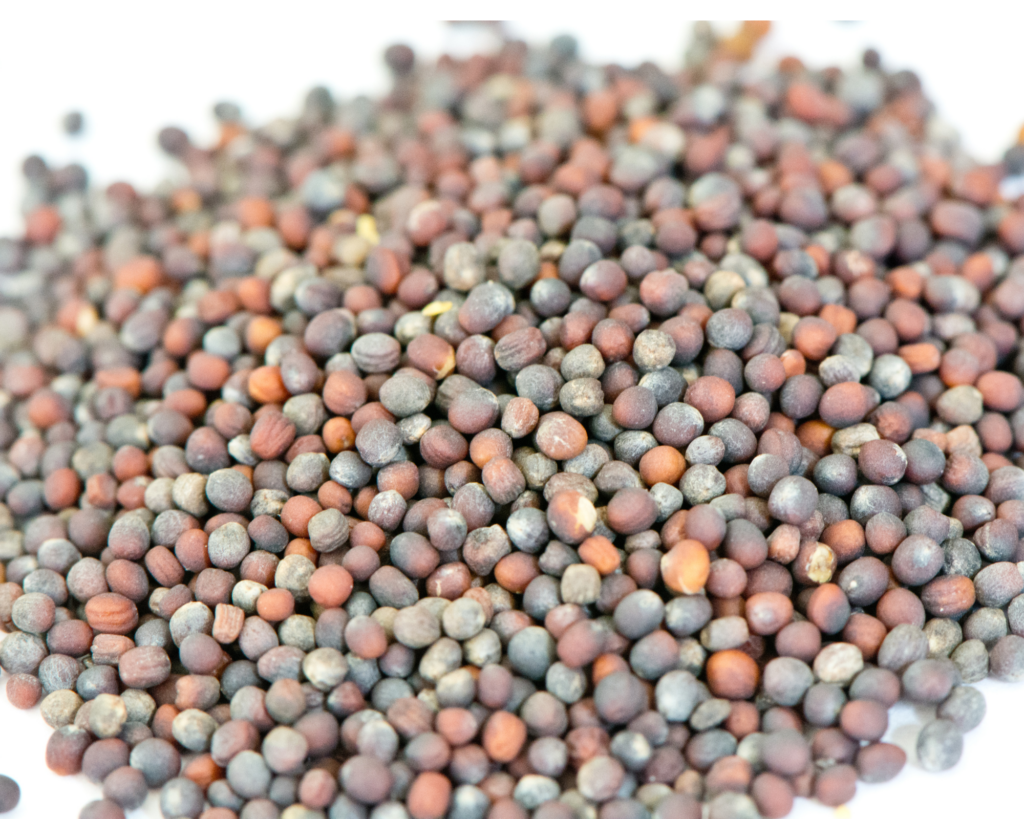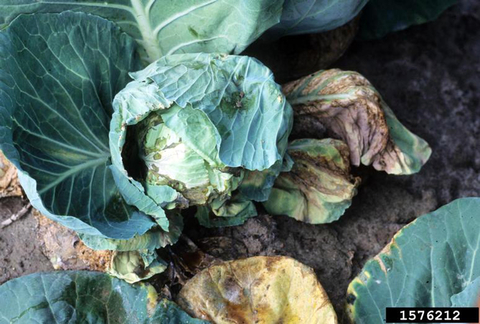Black Rot Seed Disinfection is Now Available
Black rot is a seed-borne disease that affects plants in the Brassicaceae family, including vegetables such as cabbage, broccoli, cauliflower, and kale. The disease is commonly known as black rot but is caused by the bacterium Xanthomonas campestris pv. Campestris. This devastating pathogen can survive in infected seeds and plant debris. The first tactic for prevention is to plant clean seeds or to remove the bacteria with seed disinfection.
When infected seeds are planted, the disease can spread to healthy plants, causing significant losses in yield and quality. Therefore, it is crucial to obtain seeds from reliable sources and to follow proper seed treatment and planting practices to prevent the spread of black rot. Crop rotation and other cultural practices can also help to reduce the incidence and severity of black rot in fields.
Black Rot Seed Disinfection
If you are concerned about planting seeds that may be infected with black rot, we suggest disinfecting your seeds with our organic seed disinfection ProBio® gopure®. ProBio gopure effectively removes Xanthomonas spp. from carrot and Brassica seeds. ProBio gopure is also effective against other seed-borne pathogens like Pseudomonas spp. on Swiss chard, beet, coriander, and kale.
Key benefits:
- Reduces the presence of seed-borne Xanthomonas spp. and Pseudomonas spp; below detectable levels
- Certified third-party pathology and germination testing for quality assurance
- Safe alternative to hot water treatment, certified organic process that disinfects seed without impacting shelf life or germination
- Reduces the potential transfer of pathogenic organisms onto other crops and into the field
- Removal of seed-borne pathogens improves overall crop health, helping to optimize yield
- Microplastic-free, no harmful additives
When undetected, the disease can enter the field via infected seeds. Unfortunately, the symptoms of black rot usually appear long after planting and after the heads have formed. The first symptoms are yellowing and wilting of the leaves, starting from the edges and progressing inward. The veins of the leaves may turn black or brown, and the leaves may eventually fall off the plant. As the disease progresses, black streaks or lesions may appear on the plant stem, and the head may become soft and rot.

If you suspect your crop is infected with black rot, removing and destroying any infected plants immediately is vital to prevent the spread of the disease. Preventative measures such as using disease-resistant varieties, planting clean seeds, practicing crop rotation, and maintaining good sanitation practices can also help reduce the risk of black rot in your Brassica crop. The severity and prevalence of Xanthomonas infections can vary from year to year due to several factors:
- Environmental conditions
- Host plant resistance
- Management practices
- Randomness, due to chance
The one-factor growers can control–is planting clean seeds disinfected with ProBio gopure®. If you suspect your seeds may be the entry point, contact us to learn more about our organic black rot seed disinfection process–ProBio gopure® for Brassicas and other crops.
Sources:
The University of California Statewide Integrated Pest Management Program (UC IPM)
The University of Minnesota Extension

